√完了しました! make-believe play examples 943696-What is make believe play in early childhood
— I asked my kids what they were arguing about and they saidMakebelieve play is a great way to help your child create stories, practise the words they know and learn new onesWe believe every child deserves the bestOct 01, 18 · They get very caught up in the game and take it very seriously A few popular makebelieve games are superheroes, playing teacher and playing mummy or daddy Makebelieve play helps children to portray what they are thinking, without even knowing it We get insight in their thoughts and feelings by watching and listening
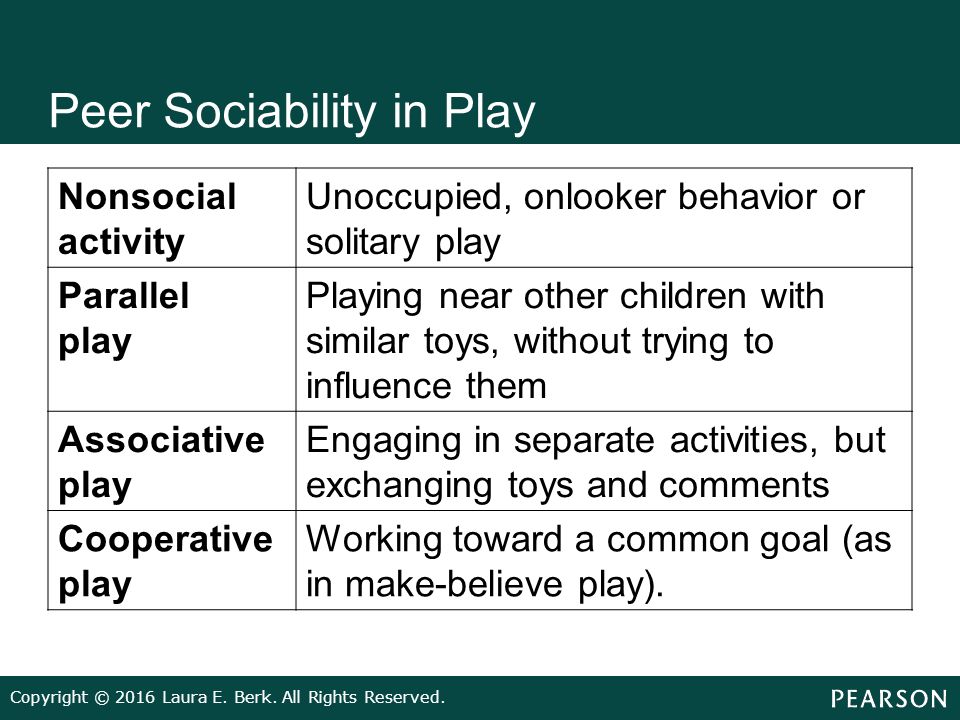
Infants Children And Adolescents Ppt Video Online Download
What is make believe play in early childhood
What is make believe play in early childhood-Children with a repertoire of makebelieve play skills are more selfreliant and demand less of your time as they follow their own creative direction with a game, embellishing it with details and making up new variations The general benefits of imaginative play are discussed in chapter 1, "What MakeBelieve Can Do for Children," and theMakebelieve play gradually becomesMore detached from reallife conditionLess selfcentered More complex, sociodramatic playEnd of 2nd yearCreate and coordinate several roles BenefitsDuring social pretend, interactions last longer, show more involvement, and draw more children into the activity in a more cooperative manner
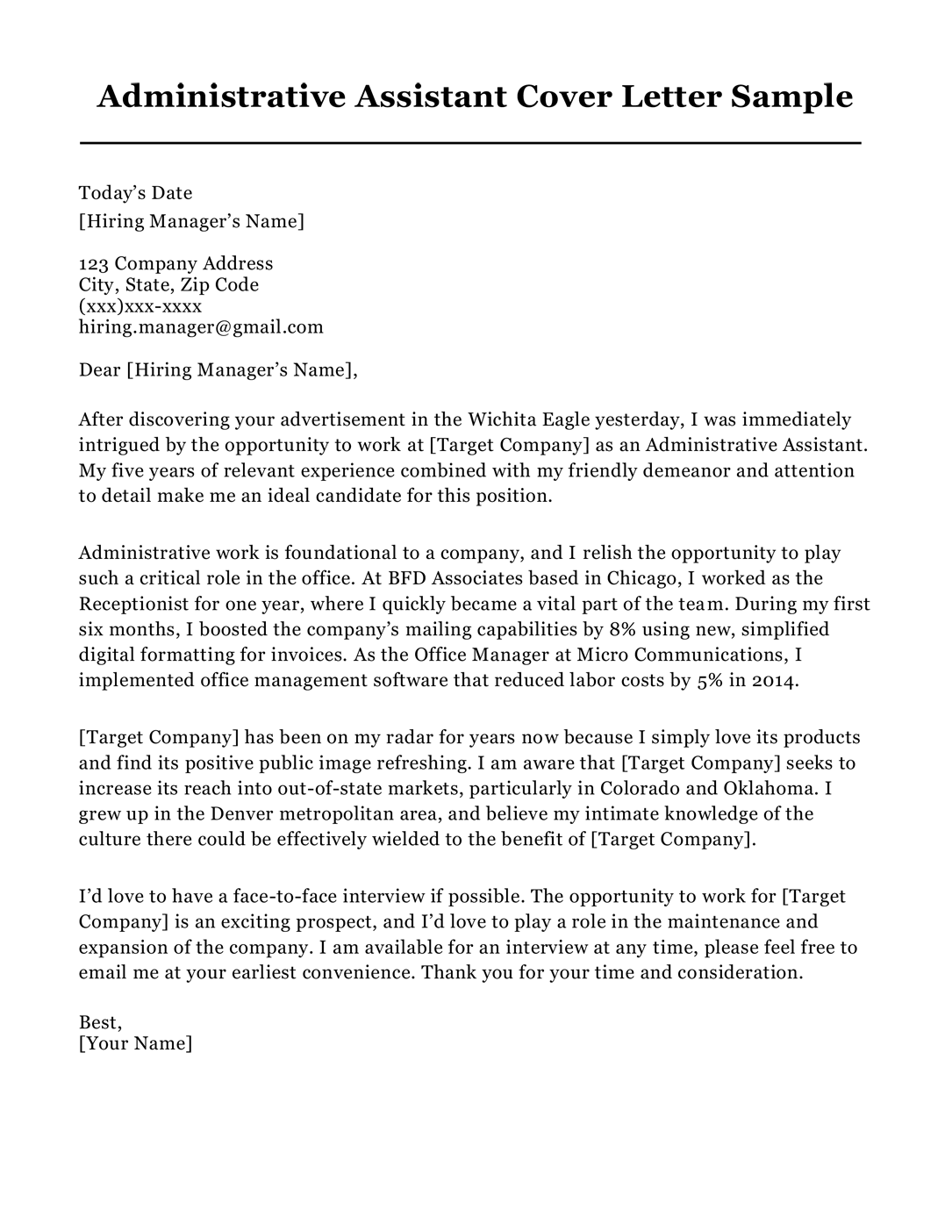


Administrative Assistant Cover Letter Sample Resume Companion
Nov 16, 18 · Makebelieve play develops as your child grows older simple things like pretending to eat themselves or feeding their dolls (age 12 years), to more complex pretenses like going shopping (age 3) or roleplaying as superheroes (age 45) 7 Children need to be encouraged and parents need to actively participateOct 24, 19 · Sociodramatic play in this phase, children act out the adult world and play the roles of people in that world In conclusion, Lev Vygotsky believed that play was a fundamental tool for cognitive development Through play, children acquire information, regulate their emotions, and forge relationships with othersMakebelieve definition, pretense, especially of an innocent or playful kind;
Playing For example, a child might comment if the patient Show full abstract can master necessary prerequisites of academic skills through engagement in mature make‐believe play TheApr 11, 21 · You use makebelieve to describe things, for example in a play or movie, that imitate or copy something real, but which are not what they appear to be The violence in those films was too unreal, it was makebelievePlay has an essential role in children's learning In this brief introduction video, Dr Jeffrey TrawickSmith of Eastern Connecticut State University discus
As the NAEYCE article concludes "Mature makebelieve play is an important and unique context, providing opportunities to learn not afforded by other classroom activitiesPlay, especially makebelieve play, aids in the child's development of the execution function, which is a key role in the child's ability to selfregulate The curriculum "Tools of the Mind" approaches learning as socially mediated by peers and focused on play Play, especially opportunities for imaginative play, isMay 09, 17 · I have always thought my kids weren't into doing any pretend play ideas I've never been one to make things extravagant, right?



Brand Claims How To Develop Winning Claims For Your Brand


Intellectual Development
Encourage children to call out "Yes, that's real!" or "No, that's makebelieve!" Procedure Display both books, talk about the covers, and leaf through the pages Ask children to guess which book tells a makebelieve story and which tells and shows real facts Read the makebelieve story Help children tell you how they know it is makebelieveImaginative Places to Play at Home There are so many wonderful places in the home where children can play imaginatively, creatively and get active indoors Kids will create imaginary worlds to explore and play using the most inexpensive and simple things you can find right at home Here are a few ideas for you to try Read moreMar 16, 16 · In conclusion, our 36 year olds don't just WANT to play, they NEED to play to grow, learn and thrive Let's keep play in the forefront of their education!
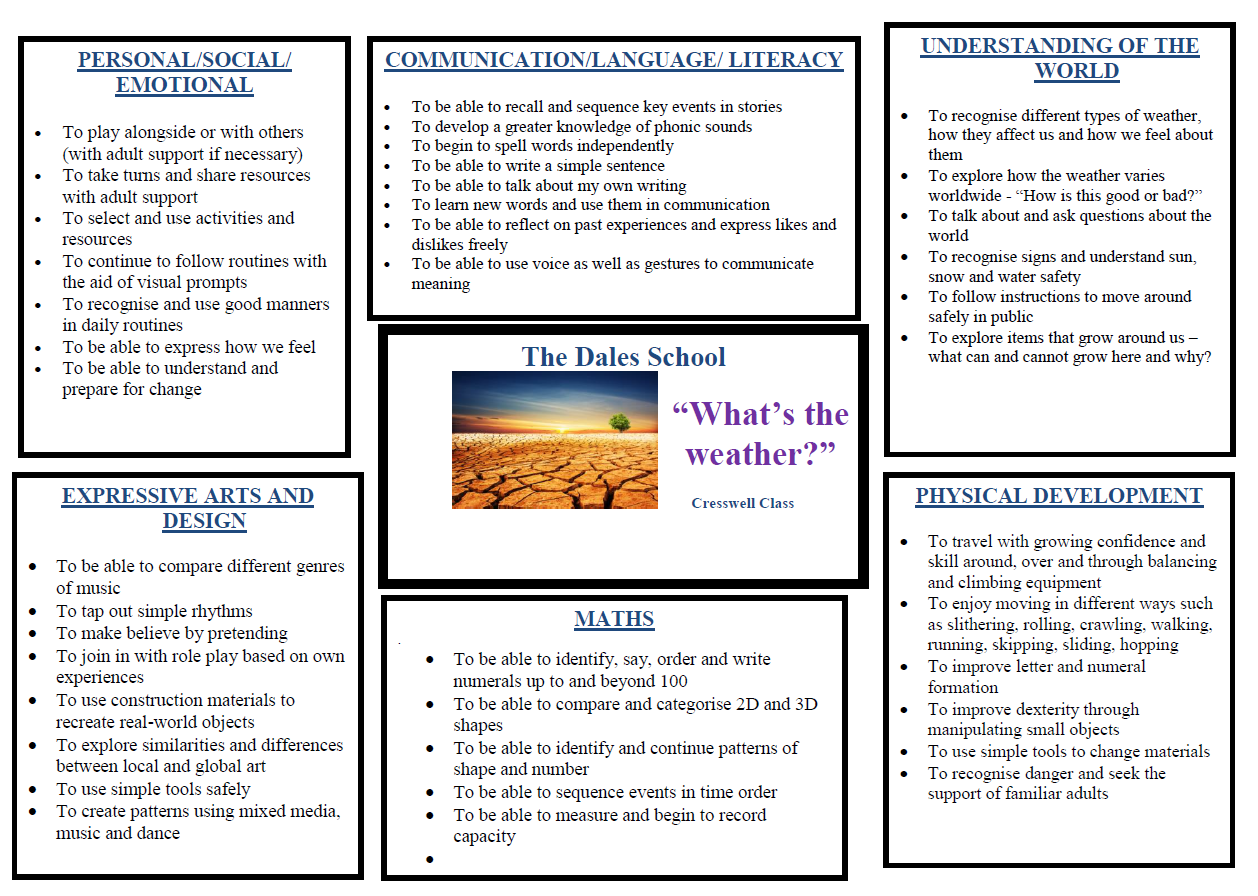


Planning Documents What Will We Learn Creative Learning In Action



Play Http Www Youtube Comwatch Vh j U
Make believe, also known as pretend play, is a loosely structured form of play that generally includes roleplay, object substitution and nonliteral behavior What separates play from other daily activities is its fun and creative aspect rather than being an action performed for the sake of survival or necessity Children engage in make believe for a number of reasonsThese are materials to support children's engagement in highlevel makebelieve play in early childhood classrooms and at home Lots of items to stock the shelves in the grocery store and to add to grocery lists for the shoppers!Aug 15, 19 · Although Make Believe does not entirely achieve its potential, a good deal of the play remains effective and even touching The initial mystery involving the absent mom creates tension and Wohl's indirect portrait of an unhappy marriage is potent, as are the little games at which these kids play and the tender dreams they imagine



Kindergarten Lesson Plans Education Com



Pdf Nursing Care Of Children And Young People With Chronic Illness Semantic Scholar
At this stage, children begin to engage in makebelieve games marked by the use of objects for purposes other than their intended function Between the ages of 4 and 7, when their thinking is still dominated by intuition rather than logic, children first become interested in games characterized by rules, structure, and social interactionMake –believe play has many social and emotional benefits for children When these kids ―play pretend,‖ they learn many things about how to deal with the day to day challenges of life Children like to interact in makebelieve play because it is ―spontaneous‖ yet structured enough to have fun and purpose (Fortune)Aug 30, 06 · Stage 1 Rudy picks up a spoon, looks at it, puts in his mouth, hangs it on the floor, and drops it Stage2 Rudy picks up the spoon and pretends to eat Stage 3 Rudy uses the spoon to feed a doll Stage 4 Rudy mixes up some pretend food in a pan with the spoon He uses the spoon to put some pretend food in a dish
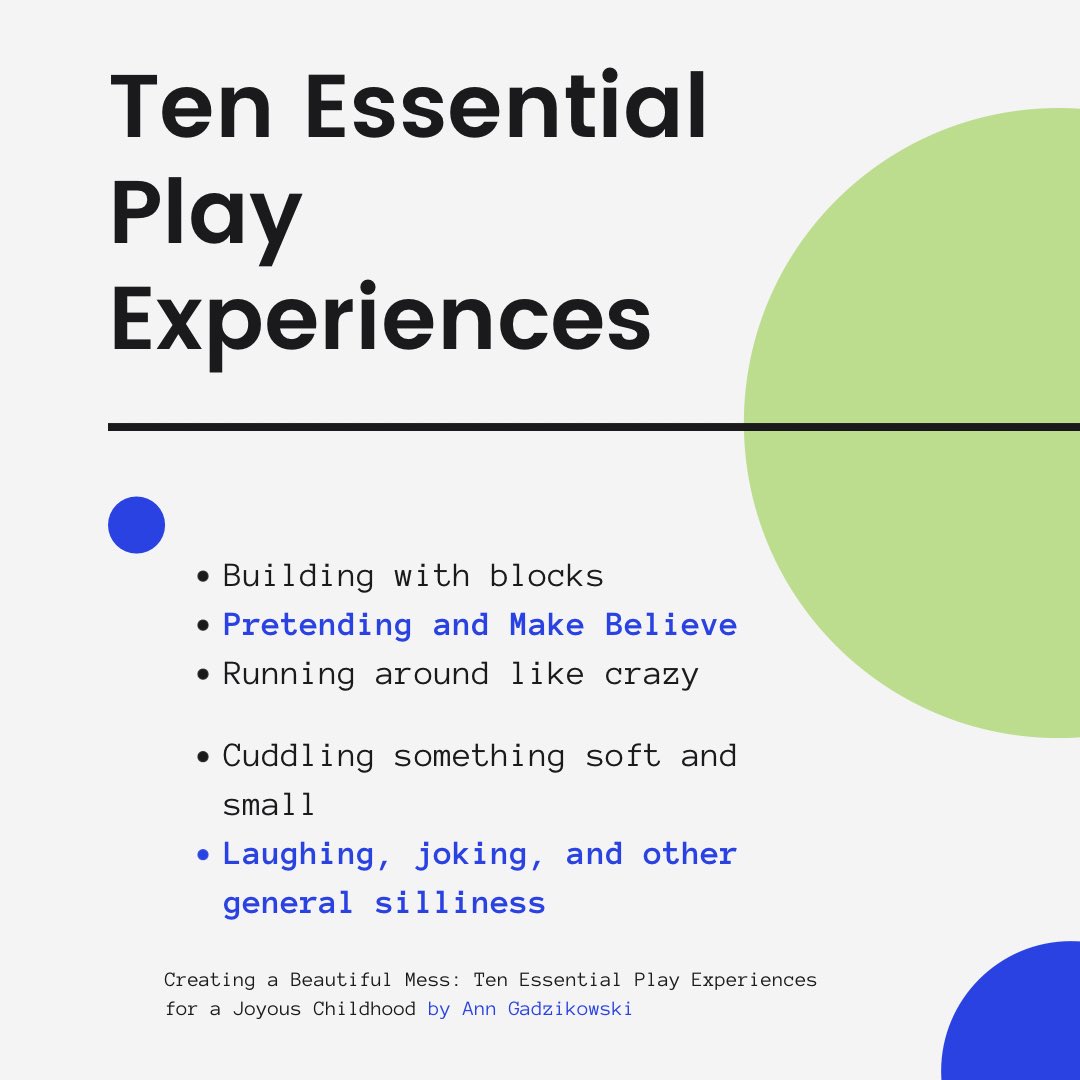


Reading Into Success Play Is An Important Part Of Development Here Are 10 Examples Of Play That Children Should Experience
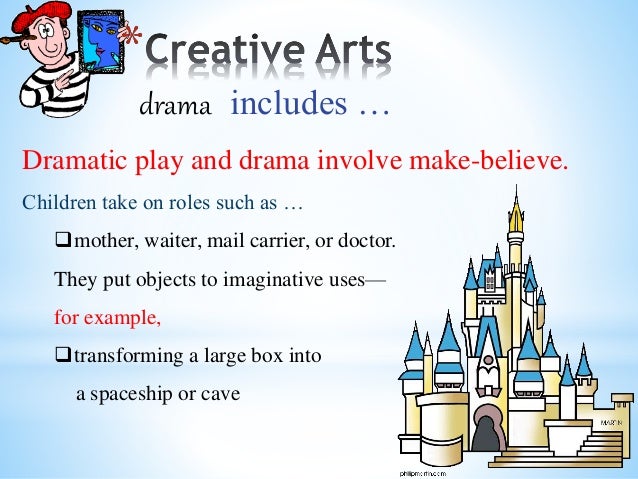


Creative Arts Lesson 1
The Land of Make Believe How and Why to Encourage Pretend Play By Lauren Lowry Hanen Certified SLP and Clinical Staff Writer The word "imagination" conjures up images of children pretending with dolls, pushing dump trucks, or dressing up as princesses or piratesProvide opportunities for makebelieve play—for example, pretending to drink out of an empty cup or offering toys that enable pretend play Read regularly to and with your child Encourage pretend play based on these stories Sing songs and play rhythms so that your child can learn and join inMar 13, 18 · See examples of mature play and explore ways teachers can engage children in the dramatic play area to foster the development of selfregulation Additional Resources for The Characteristics of Intentional, Mature, MakeBelieve Play Q&A for The Characteristics of Intentional, Mature, MakeBelieve Play How Play Influences Development « Go to
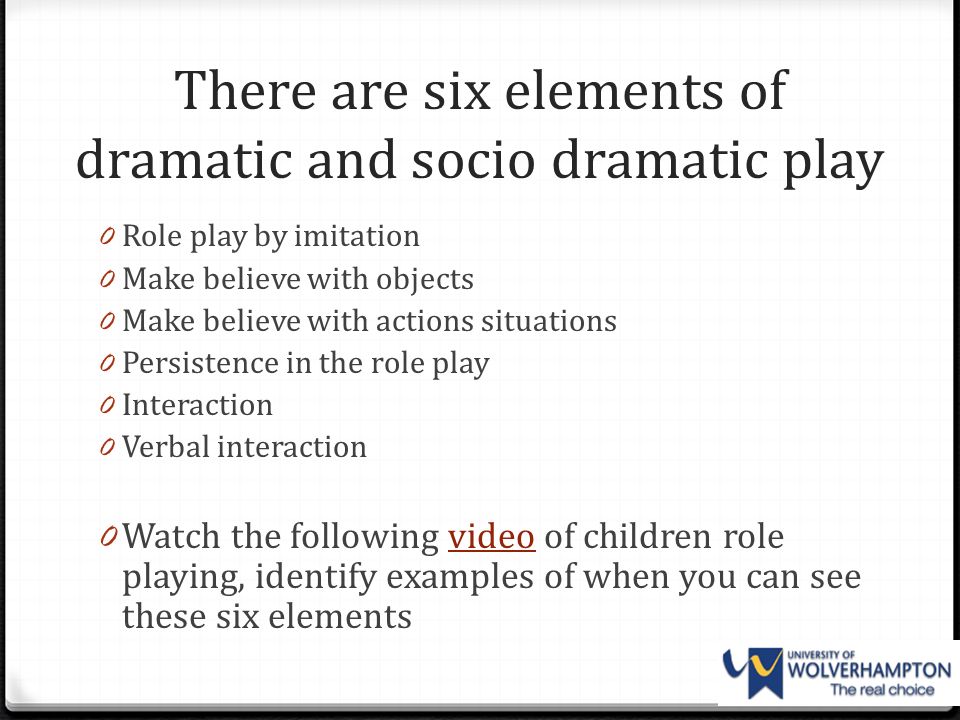


Types Of Play Play Choices Ppt Video Online Download
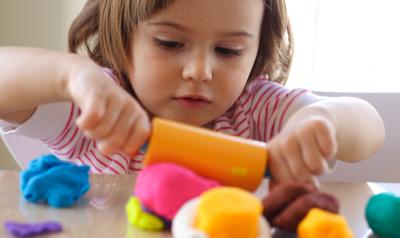


Playdough Power Naeyc
To explore whether makebelieve uniquely fosters use of thought to overcome impulses, investigators have examined the extent to which imaginary play, compared with other play types, promotes private, or selfdirected, speech 8 Taskrelevant private speech has consistently been found to increase under conditions of cognitive challenge and toMay 28, · Symbolic play happens when your child starts to use objects to represent (or symbolize) other objects Here are some examples — andFeb 17, 03 · Included with the definition were examples of makebelieve play "A child is engaged in makebelieve play when they are acting 'as if something is something else (either themselves or inanimate objects such as blocks, Legos, dolls, a piece of paper)" (see



Social Dramatic Play Examples Page 1 Line 17qq Com



Elliott Kratochwill Littlefield Cook And Travers Educational Psychology Effective Teaching Effective Learning Third Edition Copyright C 00 The Ppt Download
Apr 06, 16 · Makebelieve play is a ubiquitous part of early childhood And beyond being fun for kids, pretending and other kinds of imaginative play are also believed by some toApr 13, 21 · You use makebelieve to describe things, for example in a play or film, that imitate or copy something real, but which are not what they appear to be In the video, he danced down a makebelieve street The violence in those films was too unreal, it was makebelieveApr 26, · Imaginative play is makebelieve and fantasy For example, make a lava lamp using an empty 2liter soda bottle, some vegetable oil,


Newsletter



Date Ece 1b Objectives Wb Workbook Teach Birth 2 Guppies Teach 2yo Starfish Pre School 1 Dolphins 3yo Whales 4yo Pre School 2 Dolphins Ppt Download
Some of these names are imaginative play, creative play, make‐ believe play, fantasy play Examples of pretend play are being superheroes, playing 'mummies and daddies', playing shopping, dress‐ups, playing flying to the moon, tea‐parties, playing trucks in the sandpit and playing with dolls"Let's pretend we have a class pet that everyone wants to play with") and prompted to play "make believe" As students engage in the role play, the teacher observes how students interact When a conflict arises, rather than interrupting, the teacher assumes a role in the scenario to guide students toward a solution (eg "Hey, guys, I want to play, tooAsk families to send in empty boxes to help fill your store


The Importance Of Pretend Play Scholastic Parents



Preschoolers Cognitive Development Piaget Described The Age From 2 Until 7 Years Of Age As The Preoperational Thinking Stage Some Signs Of Preoperational Ppt Download
May rarely, if ever, evoke makebelieve play with features suited to engendering EF—for example, child controlled, rule governed, and necessitating complex coordination of roles Furthermore, it is premature to disregard the pattern of associations betweenMakebelieve definition is a pretending that what is not real is real How to use makebelieve in a sentenceIntentional makebelieve play is the heart of a Tools of the Mind PreK classroom, but there's lots more going on in a day!



The Early Years Opportunity Skills For Life And Learning Ppt Download



Sara Smilansky Stages Of Play Page 1 Line 17qq Com
I go simple, and easy — which is why there are so many simple activities that I share But that goes beyond activities, I don't go all out for birthdays or holidays and kind of just let my kids do their thing I have never made a dramatic play scene inMake believe play in educational settings Scaffolding is an excellent enhancement in the educational setting, especially in a special learning environment An example of this is in autistic education due to congenital abnormalities, autistic children's modes of social reasoning, emotions and understanding of others is not developed (Gray, 02)Example sentences — When I was a kid I used to make believe I was a dog and I even ate from my dog's dish a few times — I know you don't like my friend Janie but since it's my birthday, can you make believe you do just for tonight?
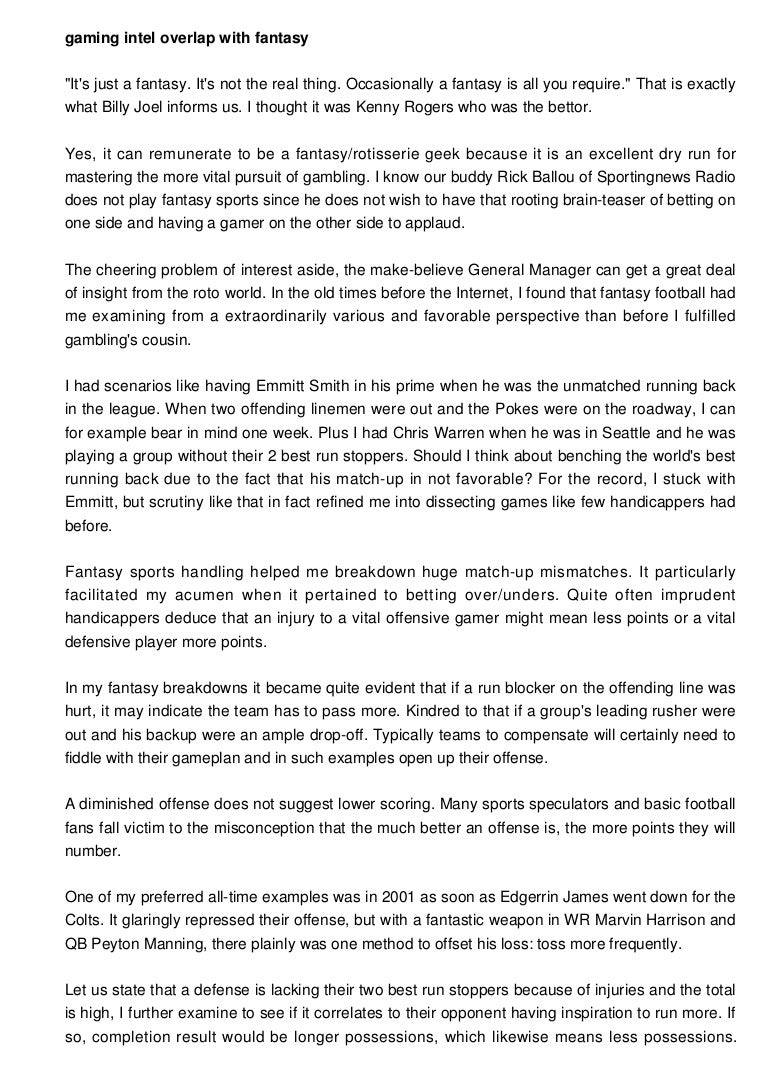


Gaming Intel Overlap With Fantasy Sports Online
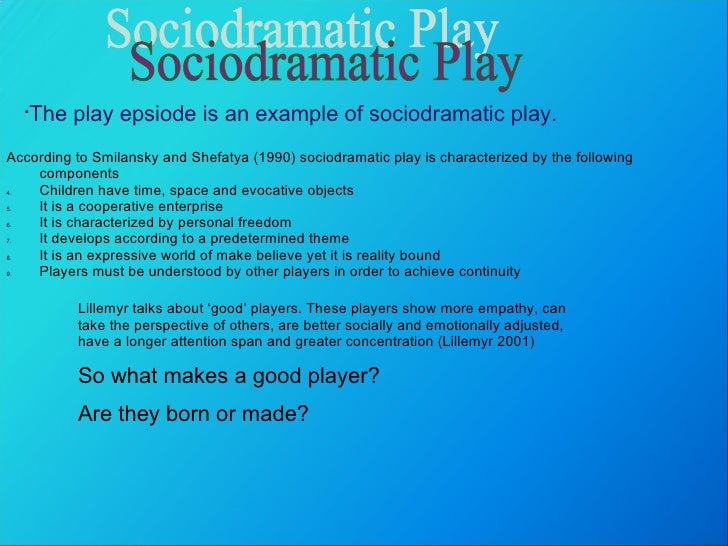


Group Powerpoint The Roles Of Play
Play makebelieve definition is to think of an imaginary world and pretend to live in it as people, animals, fairies, etc How to use play makebelieve in a sentenceMakebelieve Sentence Examples "I feel silly about asking for a clarification about makebelieve " Children involved in makebelieve play can stimulate several types of learning (3) Both these explanations are forced, and it is more probable that by a makebelieve common in all religions, and not unknown in the earliest church, the sins of dead relatives, about whoseIn the Dramatic Play area, children take on different roles and enact reallife experiences They use props and makebelieve to deepen their understandings about the world Pretending is very important to your child's development Children who know how to make believe develop good vocabularies, which are important for reading



Graphic Design Cover Letter Sample Free Download Resume Genius
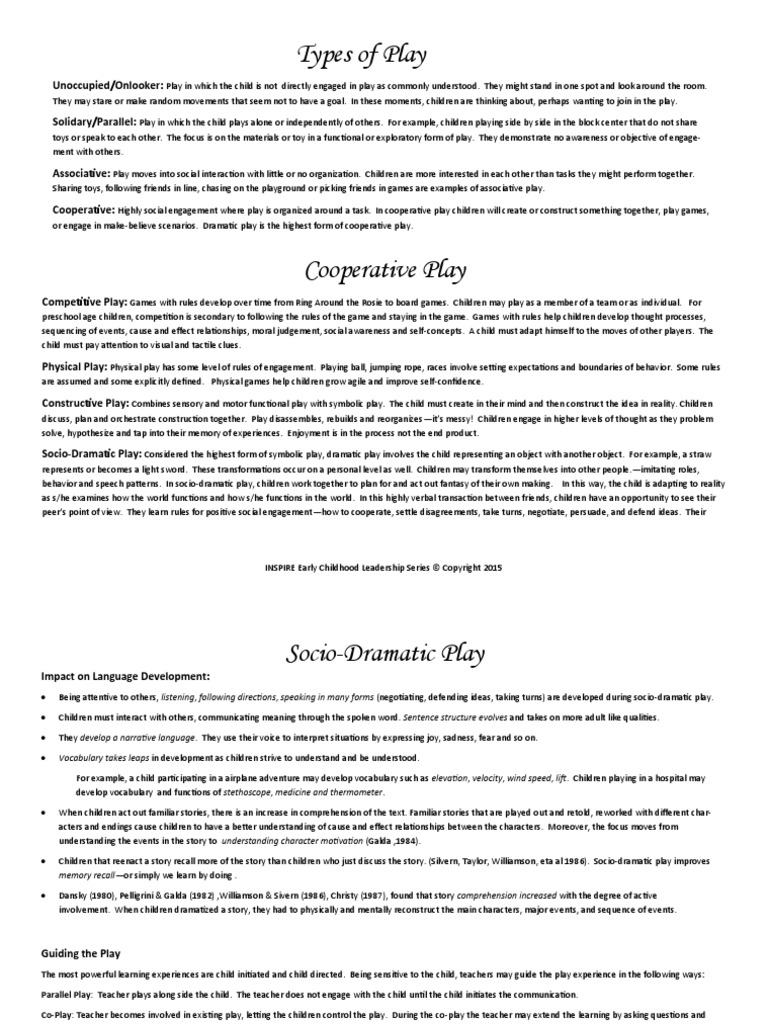


Types Of Play Language Development Early Childhood Education
Idiom make believe Meaning Idiom make believe pretend or imagine something is real;(10 minutes) Tell students they will be learning about things that are real and make believe Explain that real things exist and we can see, hear, feel, taste, or touch them, while make believe is when something cannot happen in real life because it doesn't actually exist Tell students to listen attentively to Goldilocks and the Three BearsPresents and illustrates by clinical examples a theoretical framework for developing, describing, and analyzing familytherapeutic techniques involving makebelieve play Induces specifications of the therapeutic goals served by the technique and its procedural details and an analysis of its rationale Draws on a definition of the concept makebelieve play
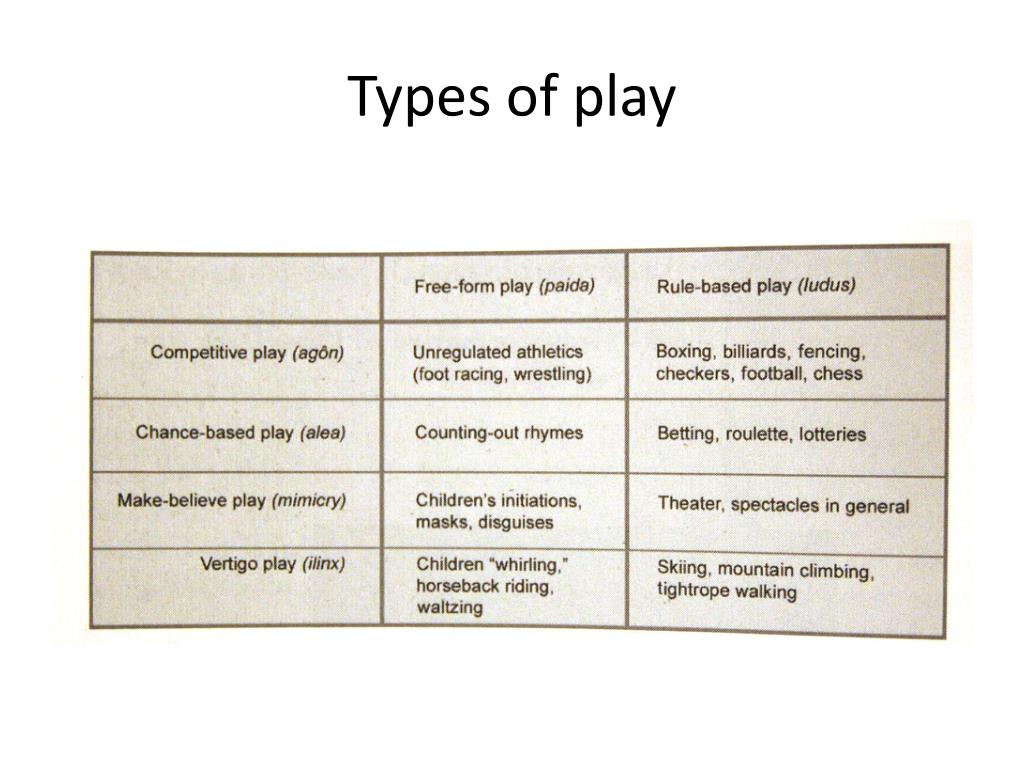


Ppt Play Powerpoint Presentation Free Download Id



Examples Of Child Initiated Play In A Garden Setting 1 2 Download Scientific Diagram
Sham the makebelieve of children playing See moreMar 06, 12 · MakeBelieve play Wellspring for development of selfregulation In D Singer, RM Golinkoff, & HirshPasek (Eds), Play =Learning How playMar 27, 19 · As your toddler's makebelieve play develops, introduce versatile, basic playthings that are less obviously the kid version of something in the real world A cardboard box can be a rocket ship, a cradle or a city bus An empty paper towel roll can be a telescope, a microphone or a tunnel A bath towel can be a cape, a blanket or a field of snow



Characteristics Of Play Child Development Theories Early Learning Play Based Learning



Sesame Street S Make Believe With Math Online Professional Development Course Sam Thanapornsangsuth
Children engage in activities designed to support the development of literacy, math and science skills at the same time as selfregulation and executive functions skills areThis makebelieve play provides opportunities for fours to act out feelings of anger safely, to make choices, and to feel powerful and in control What You Can Do Imaginative play gives threes and fours the opportunity to express their feelings and test out roles and situations Help to encourage and extend their rich pretending



Free Printable Preschool Lesson Plans Education Com



260 Encouraging Pretend Play And Make Believe Ideas Dramatic Play Pretend Play Dramatic Play Preschool
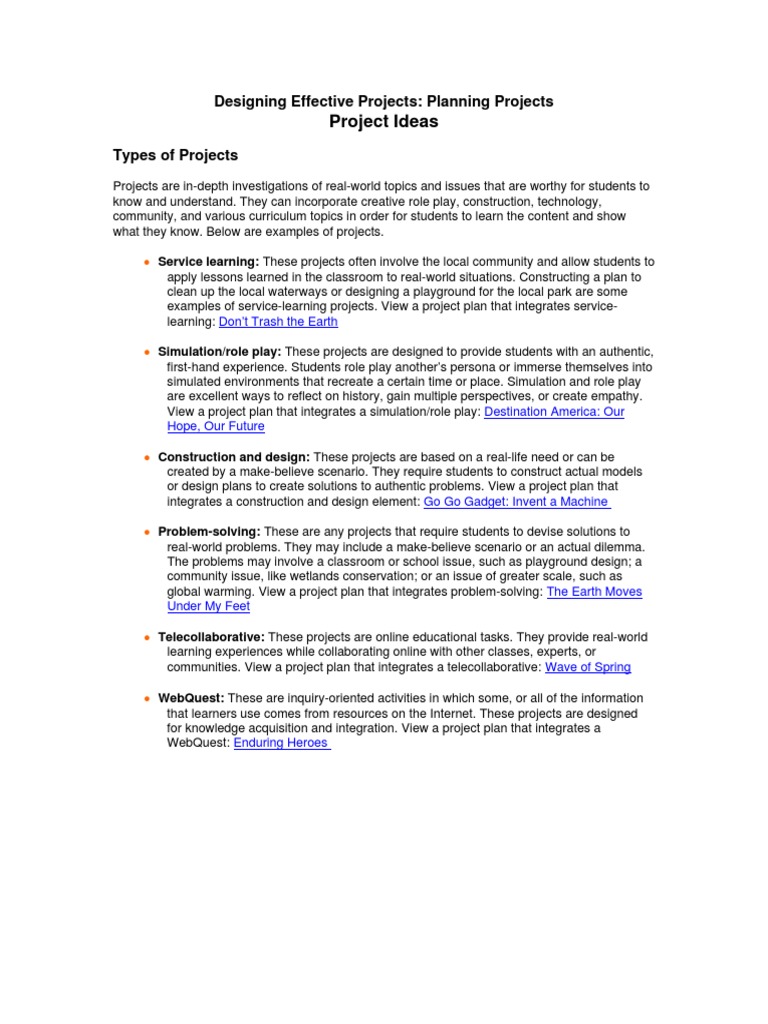


Fcred Service Learning Design



Infants Children And Adolescents Ppt Video Online Download



Move Play Learn Photos Facebook


Exploring Play And The Nature Of Play
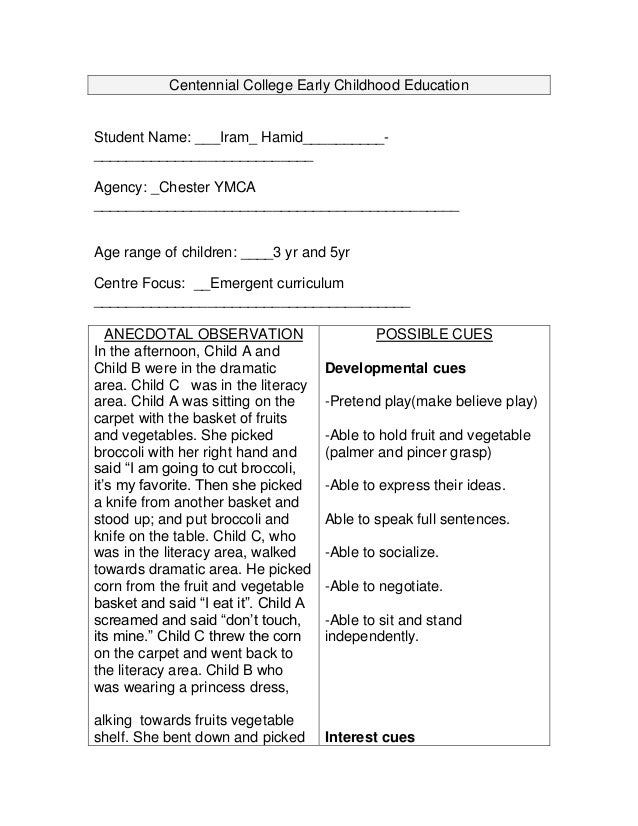


Iram Preschool Project Initial Planning Sheet 14



Cognitive Development In Early Childhood Chapter 9 Pgs Infants Children Ppt Download



Product Samples For Cd Photo Conversation Cards
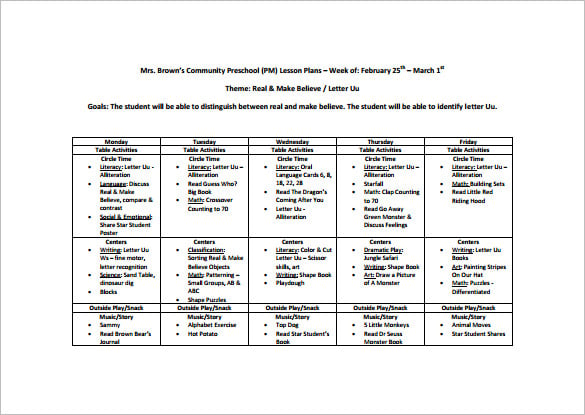


22 Preschool Lesson Plan Templates Doc Pdf Excel Free Premium Templates
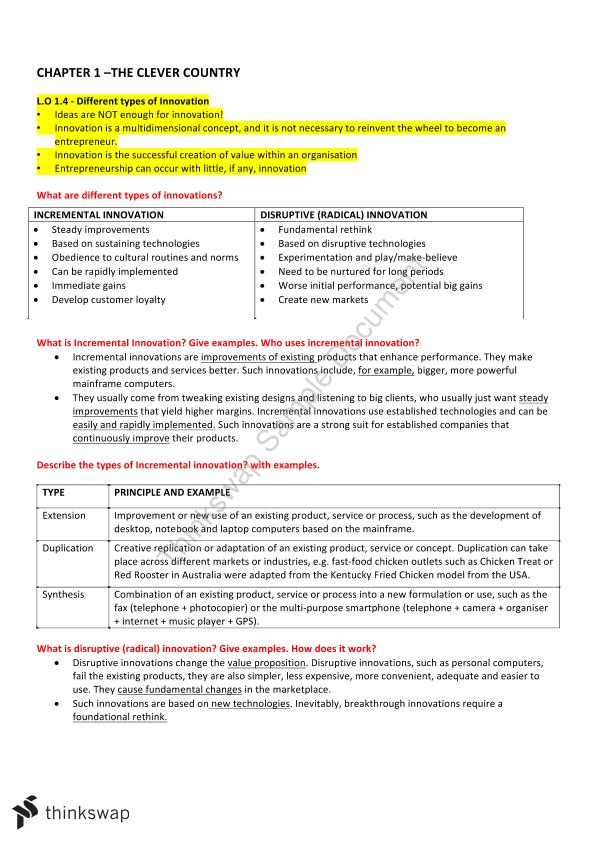


0911 Summary Of The Course For Final Exam 18 0911 Enterprise Innovation And Markets Wsu Thinkswap


Gale Academic Onefile Document Delay Of Gratification And Make Believe Play Of Preschoolers
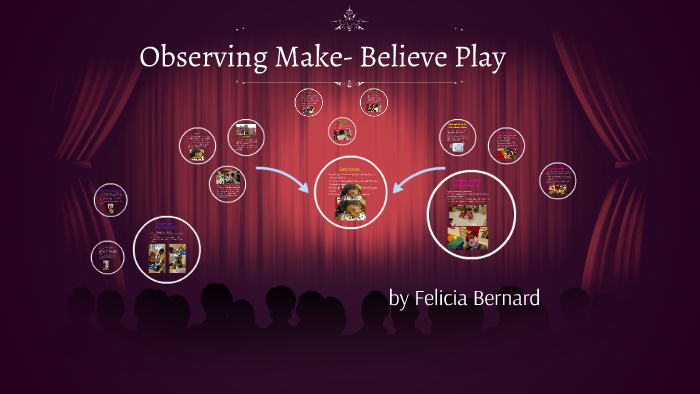


Observing Make Believe Play By Felicia Leebee On Prezi Next



260 Encouraging Pretend Play And Make Believe Ideas Dramatic Play Pretend Play Dramatic Play Preschool
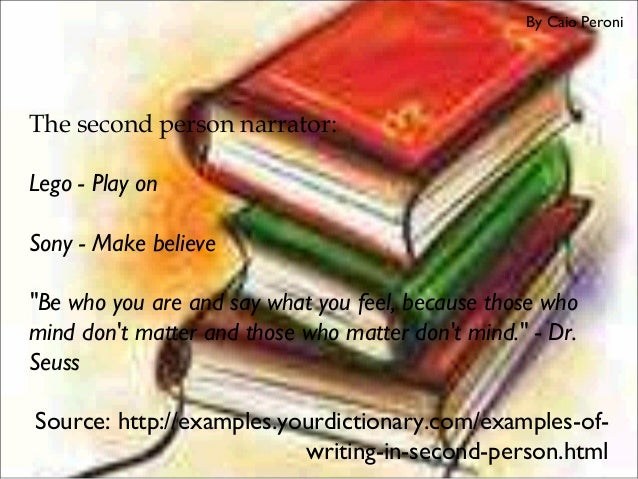


The Narrator S Point Of View


How To Build Character While Playing With Young Children Moments A Day



Event To Be Recalled Event Description And Examples Activities Download Table



Children S Creativity Sensory Make Believe Play Preschool Fun Ed Tips Skilly Do



Mrs Speechie P Kids Learn So Much Through Play But Did Facebook



Http Deta Qld Gov Au Earlychildhood Pdfs Tip Sheets Different Types Play Pdf Learning Stories Examples Early Years Teaching Early Childhood Quotes
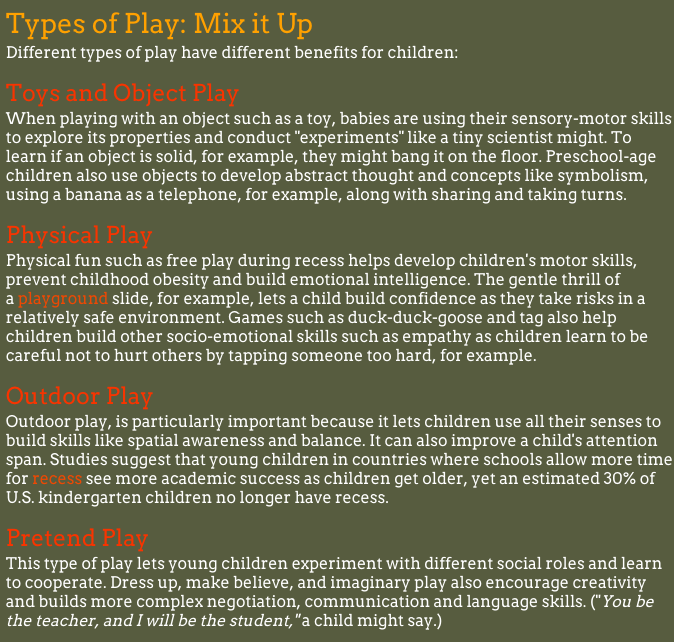


Exercise Blog Gingerbread House Daycare Blog Gingerbread House Daycare



The Preschool Curriculum Benefits Of Play Dough Learning Stories Examples Learning Stories Playdough



Preschool Play Observations Christina Mc Reynolds Abby Martinez



Administrative Assistant Cover Letter Sample Resume Companion
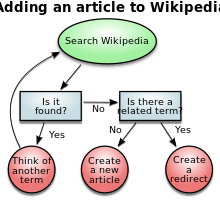


Decision Making Wikipedia
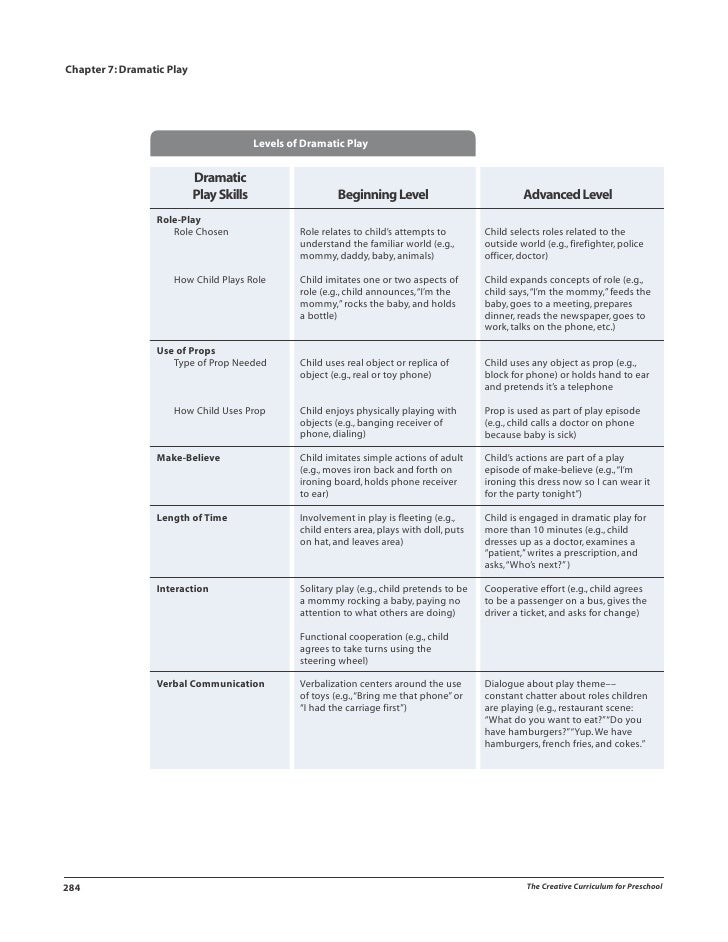


Dramatic Play



The House Of Make Believe Children S Play And The Developing Imagination Kindle Edition By Singer Dorothy G Singer Jerome L Singer Jerome J Health Fitness Dieting Kindle Ebooks Amazon Com
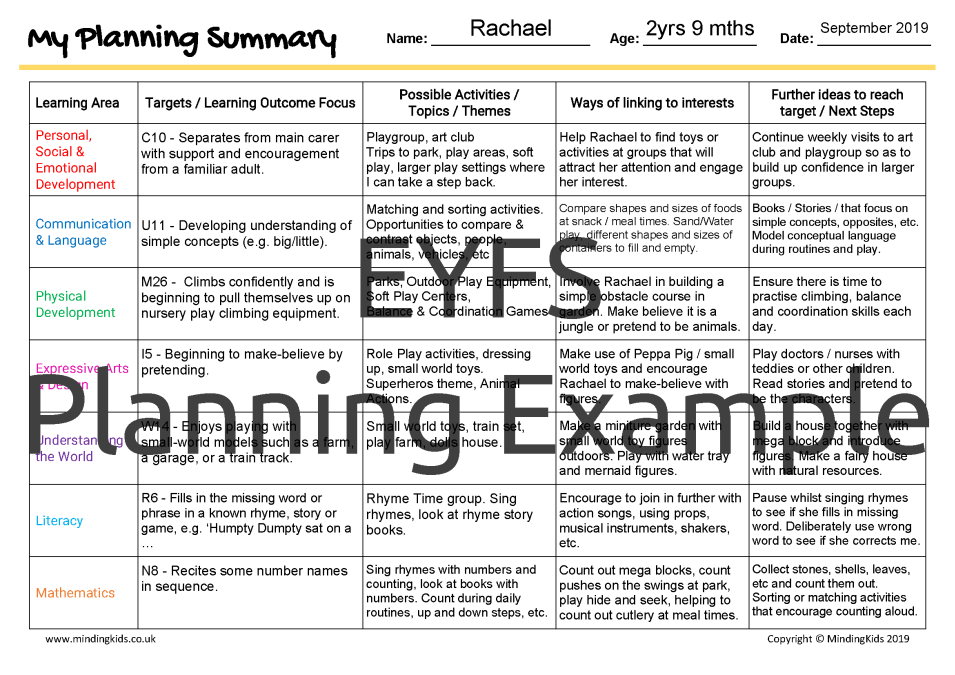


Individual Planning Progress Summaries Mindingkids



The Effects Of Tools Of The Mind On Math And Reading Scores In Kindergarten Semantic Scholar



Sociocultural Theory Zahra Farajnezhad


Books4all All4mychild



The Case For Make Believe Saving Play In A Commercialized World Linn Susan Amazon Com Books
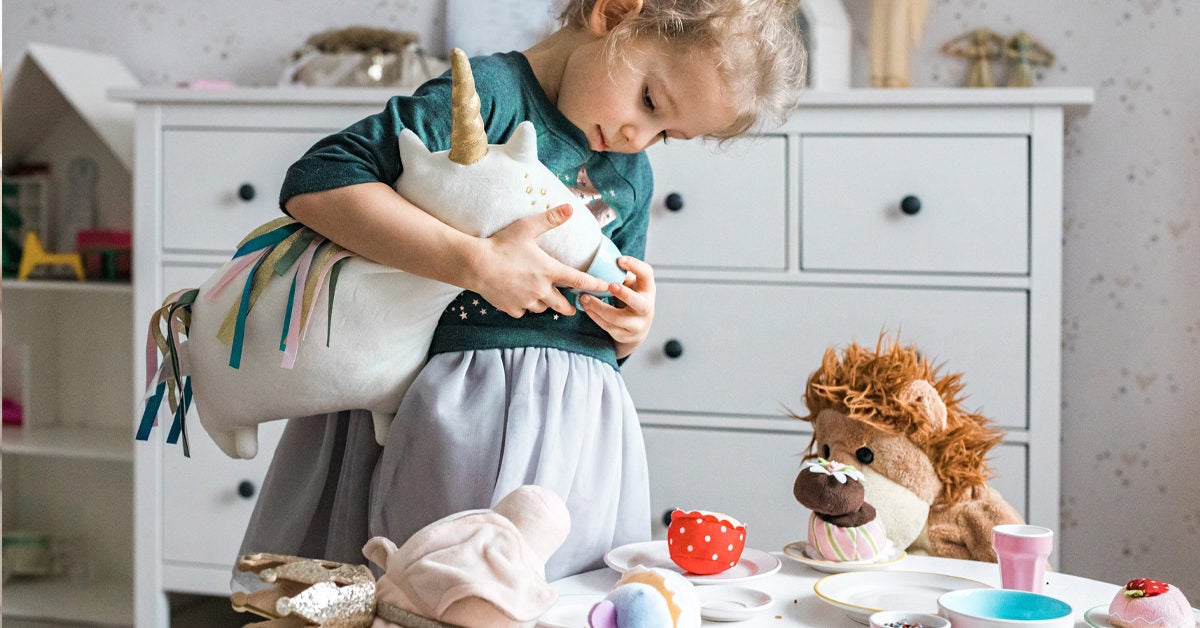


Symbolic Play Examples Definition Importance And More



Erp Correlates Of Procedural Learning Designing A Task For Children With Autism Semantic Scholar



Ppt Learning Through Play Powerpoint Presentation Free Download Id
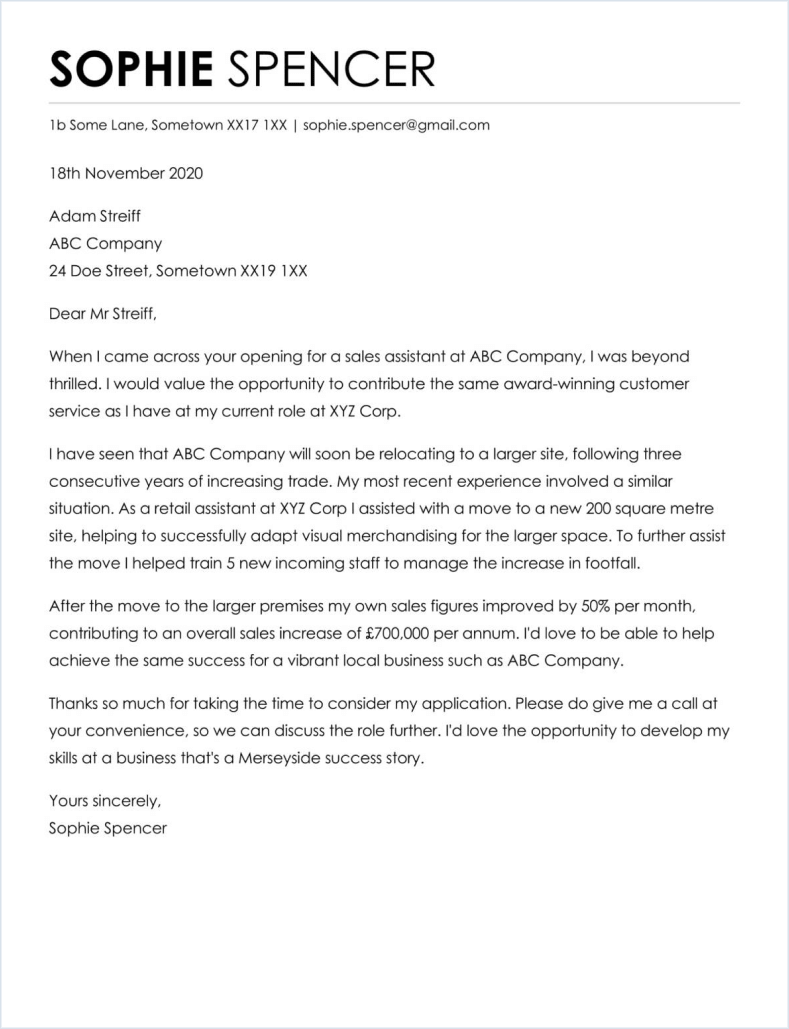


Supermarket Manager Cover Letter Sample Cover Letter Templates Examples


A Cross Cultural Search For Children S Activities Human Relations Area Files



Imagination Real Or Make Believe Lesson Plan Education Com
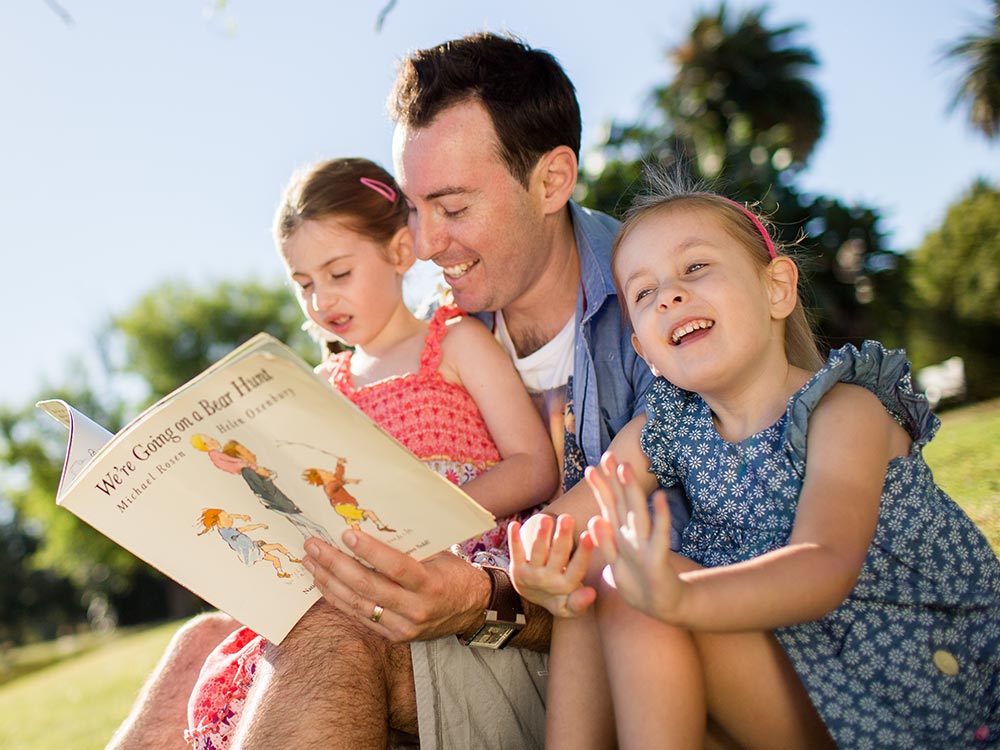


Reading And Storytelling With Children Raising Children Network
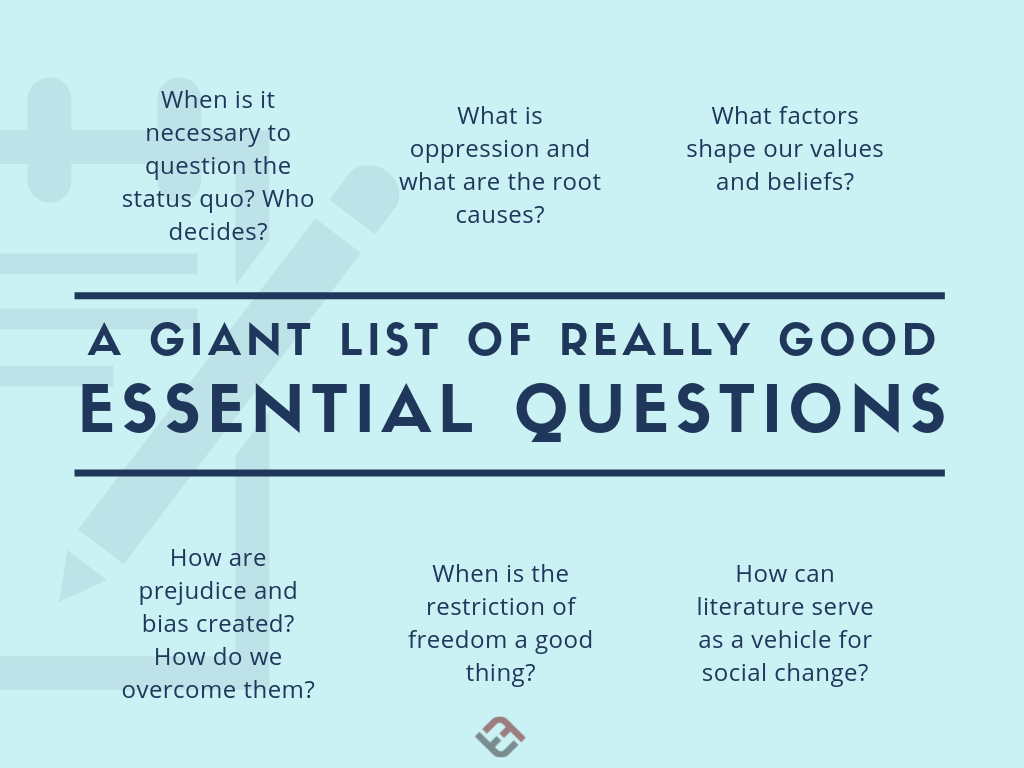


Many Many Examples Of Essential Questions


The Land Of Make Believe
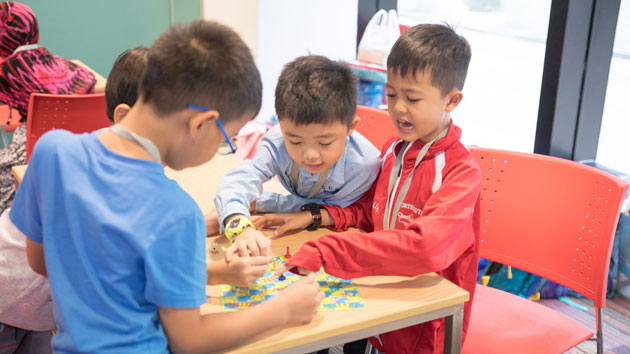


Fun Activities That Help Develop Language Learning In Children British Council



Make Believe Projects For Prek Volume 1 Twin Sisters



5 Things To Know About Your Child S Playtime Brought To You By Oompa Com The Most Trusted Onli Child Development Theories Child Development Child Psychology
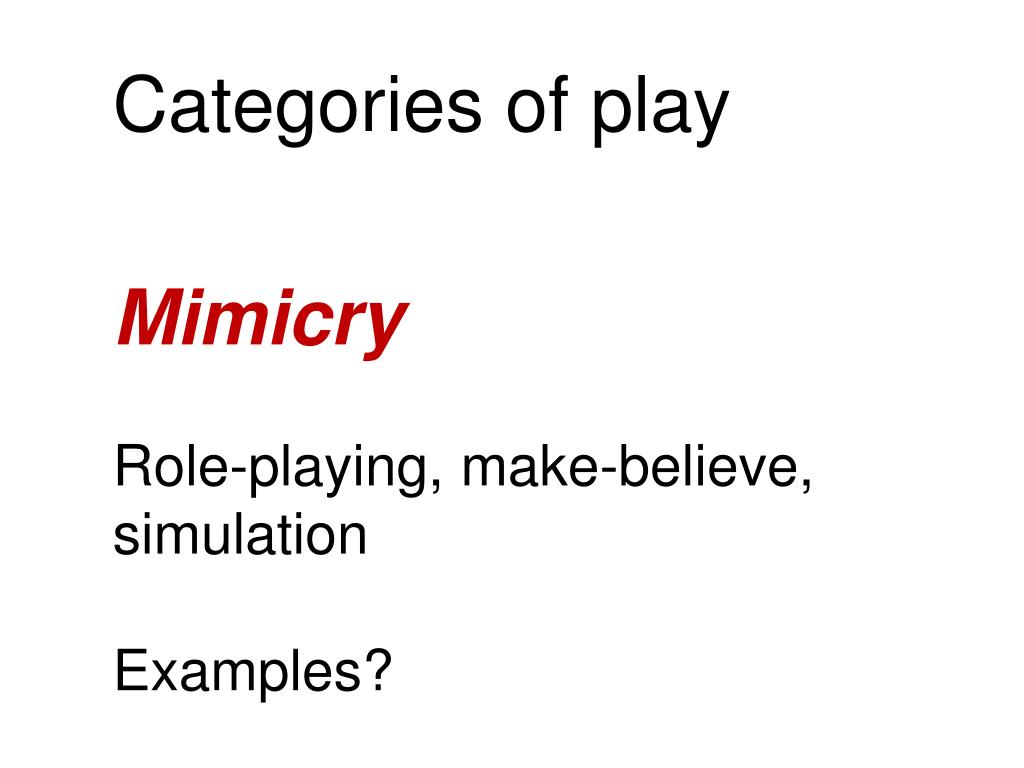


Ppt Imgd 2900 Digital Game Design I Powerpoint Presentation Free Download Id
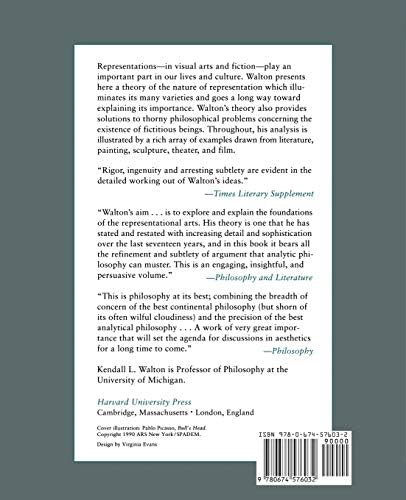


Mimesis As Make Believe On The Foundations Of The Representational Arts Walton Kendall L Amazon Com Au Books



An Opinion Essay Learnenglish Teens British Council



Quotes About Cognitive Development 29 Quotes
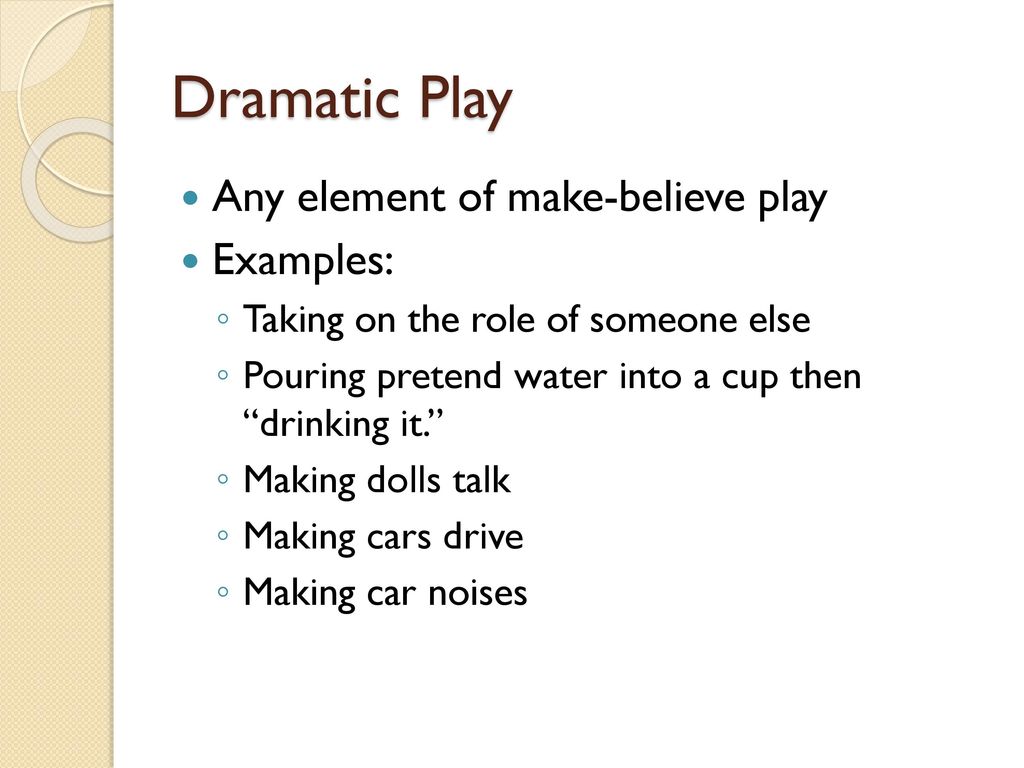


Preschool Play Observations Ppt Download
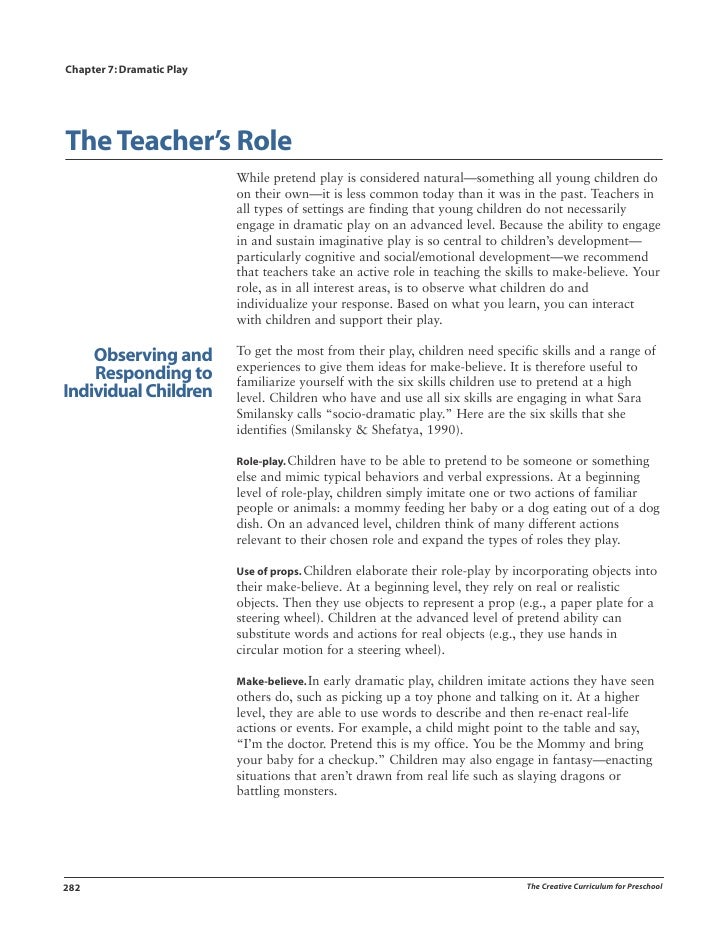


Dramatic Play



75 Fun Pretend Play Ideas



6 Make Believe Games To Boost Your Kids Imaginations Care Com
/what-is-a-confirmation-bias-2795024_FINAL-7c3ed57bf47a4c7fa0cb98920fcd041c.png)


Examples And Observations Of A Confirmation Bias
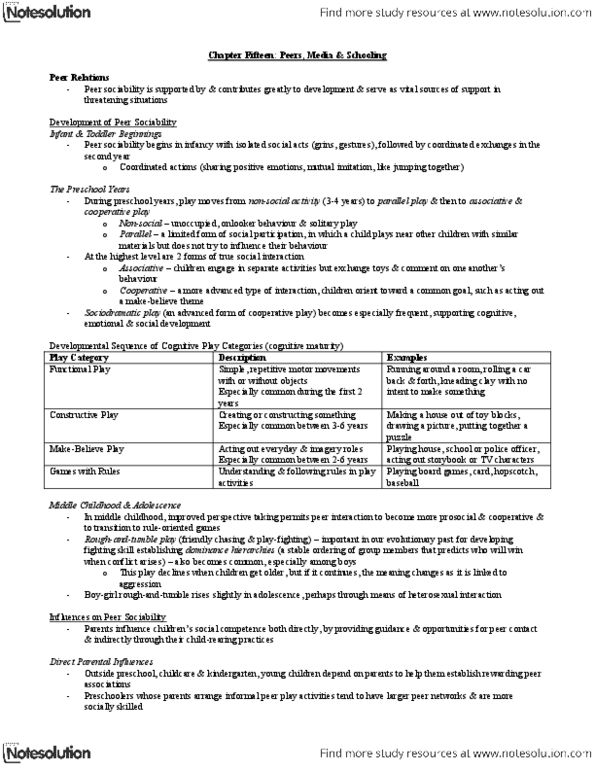


Psychology 40a B Lecture Notes Summer 13 Montessori Education Mental Model Children S Book Council Of Australia
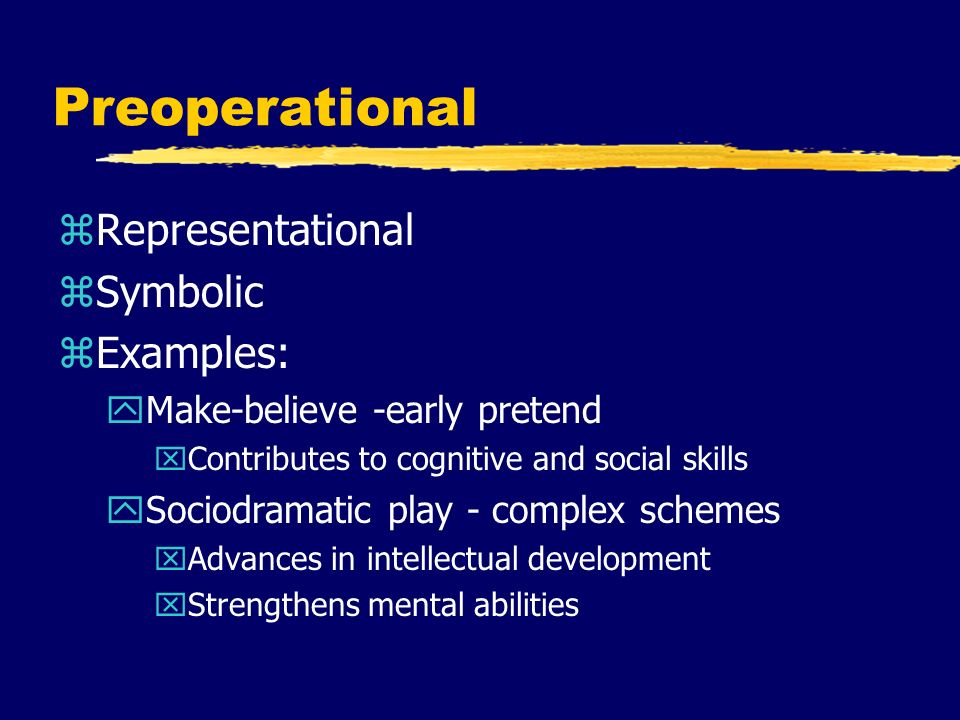


Cognitive Development Ppt Video Online Download
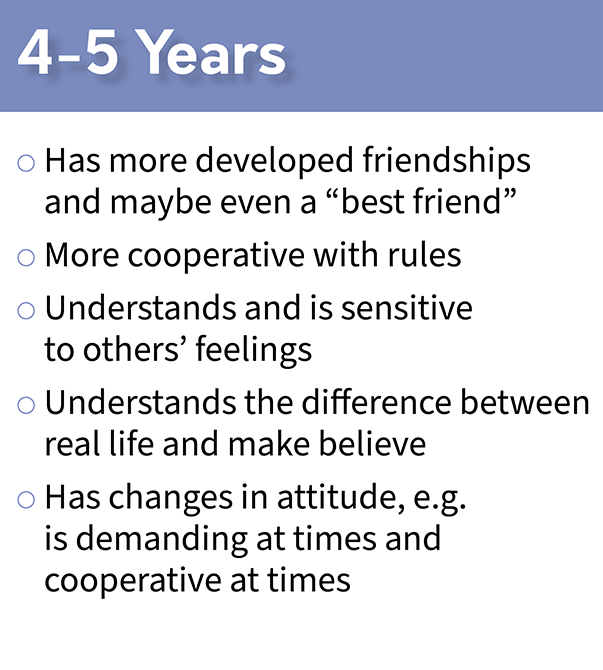


What Are Social Emotional Skills Child Development Skills



Examples Of Physical Development Milestones Page 4 Line 17qq Com


Angels In Training Day Care Our Curriculum Letter Of The Week
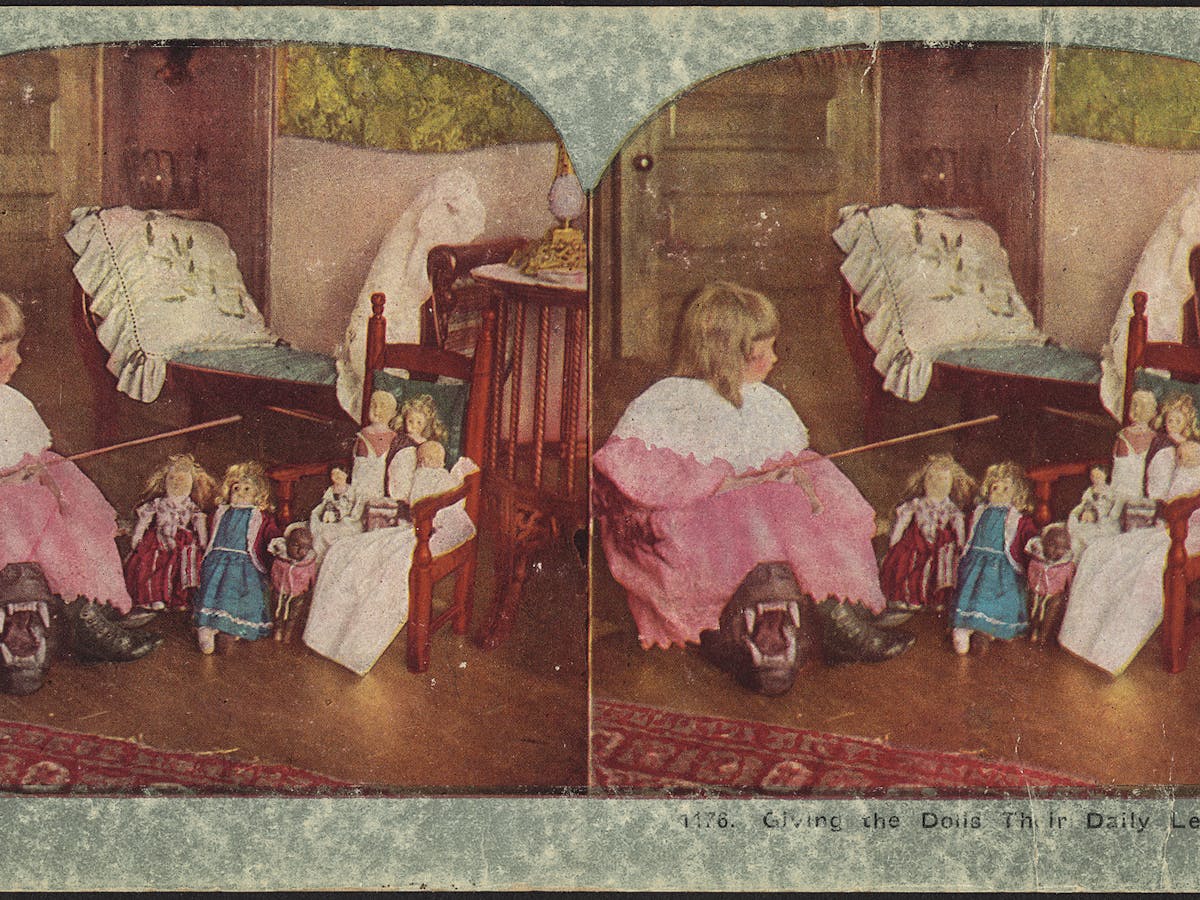


Why Make Believe Play Is An Important Part Of Childhood Development



コメント
コメントを投稿